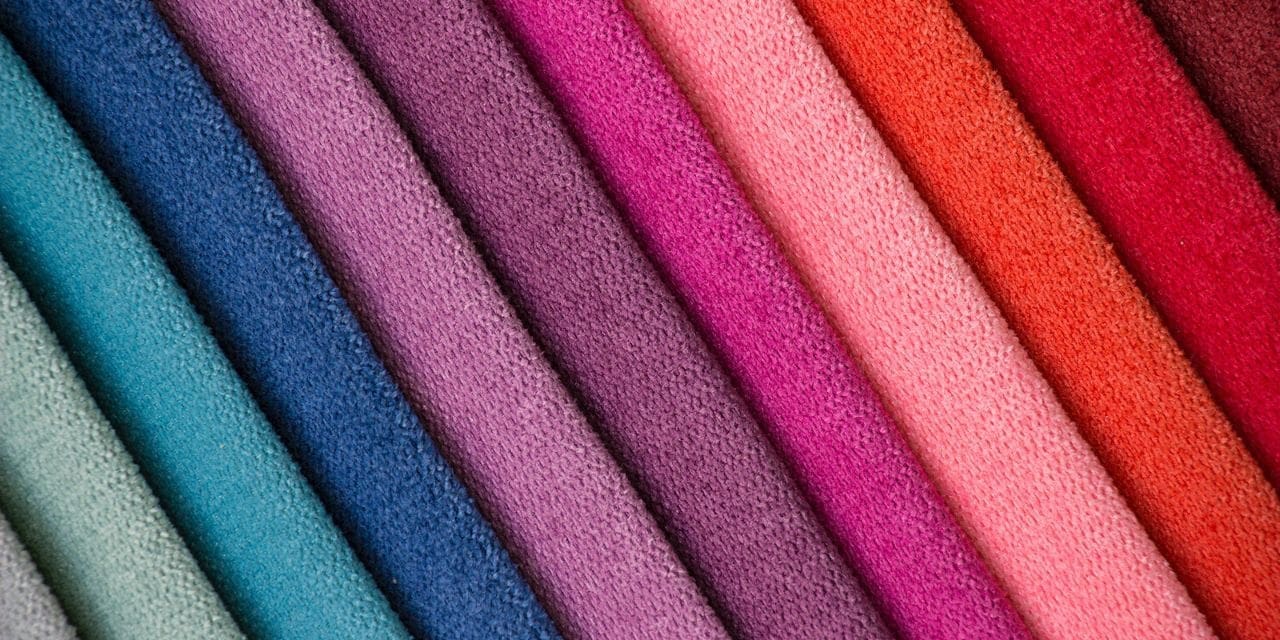The report “Textile Dyes Market by Dye Type (Direct, Reactive, VAT, Basic, Acid, Disperse), Type (Celllulose, Protein, Synthetic), Fibre Type (Wool, Nylon, Cotton, Viscose, Polyester, Acrylic), and Region – Global Forecast to 2027″, The global textile dyes market size is projected to reach USD 14.0 billion by 2027 at a CAGR of 4.6% between 2022 and 2027. Factors such as rising demand from the textile & apparel segment and the increasing trend toward better home furnishing and aesthetics are the major drivers of the textile dyes market. However, stringent government regulations and unstable geopolitical situations are affecting the textile industry, which may restrain the growth of the market.
Browse
• 226 Market data Tables
• 55 Figures
• 222 Pages and in-depth TOC on “Textile Dyes Market – Global Forecast to 2027”
Some of the prominent key players are:
- Huntsman Corporation (US)
- Zhejiang Longsheng Group (China)
- Archroma Management (Switzerland)
- Kiri Industries (India)
- Lanxess AG (Germany)
| Opportunities: Renewed interest in low-VOC and eco-friendly products |
The textile dyeing industry has created huge pollution as it is one of the most chemically-intensive industries on the planet. It is the next worst polluter of clean water after the agriculture sector. There is a growing consumer consciousness to purchase eco-friendly clothing & garments. Dyers are opting for low- VOC technologies and eco-friendly products to counter this problem. Consumers are also willing to pay a higher price for such products. Thus, this new wave of using low-VOC products is providing huge opportunities for several clothing manufacturers who are into developing eco-friendly dyestuffs.
Cellulose type segment likely to hold largest share of the global textile adhesives market during forecast period.
Cellulose is a fibrous substance derived from plants that serve as the foundation for all natural and synthetic cellulosic fibers. Cotton, flax, hemp, jute, and ramie are examples of natural cellulosic fibers. Cellulose fibers can also be manmade. A variety of dyes can be used on cellulose fibers; hence, cellulose fibers have a high demand for dyes. The demand for dyes for cellulose fiber is increasing in Asia Pacific because of the rapidly growing textile industry. Cotton, jute, and other natural cellulose fibers are extensively used in the Indian textile industry. Apart from India, Bangladesh, China, and other Asian countries are the production sites for major fast fashion companies.
Asia Pacific region likely to account the largest share of the global textile dyes market during forecasted period.
Asia Pacific is projected to be the fastest-growing and largest market in terms of value. Factors such as low cost of manufacturing and high demand for textile dyes are driving the Asia Pacific textile dyes market. There has been high economic growth in the region over the last decade. The textile industry in countries such as China, India, and Bangladesh is leading global textile production. The growth in fast fashion has led to higher production rates of garments. The technical textiles business is also booming. Cars, mattress covers, backpacks, tents, and parachutes all use technical textiles. People are more interested in purchasing unique and inventive products, which is fueling the textile industrys growth. The technical textile industry is expected to expand by 20% over the next decade.

